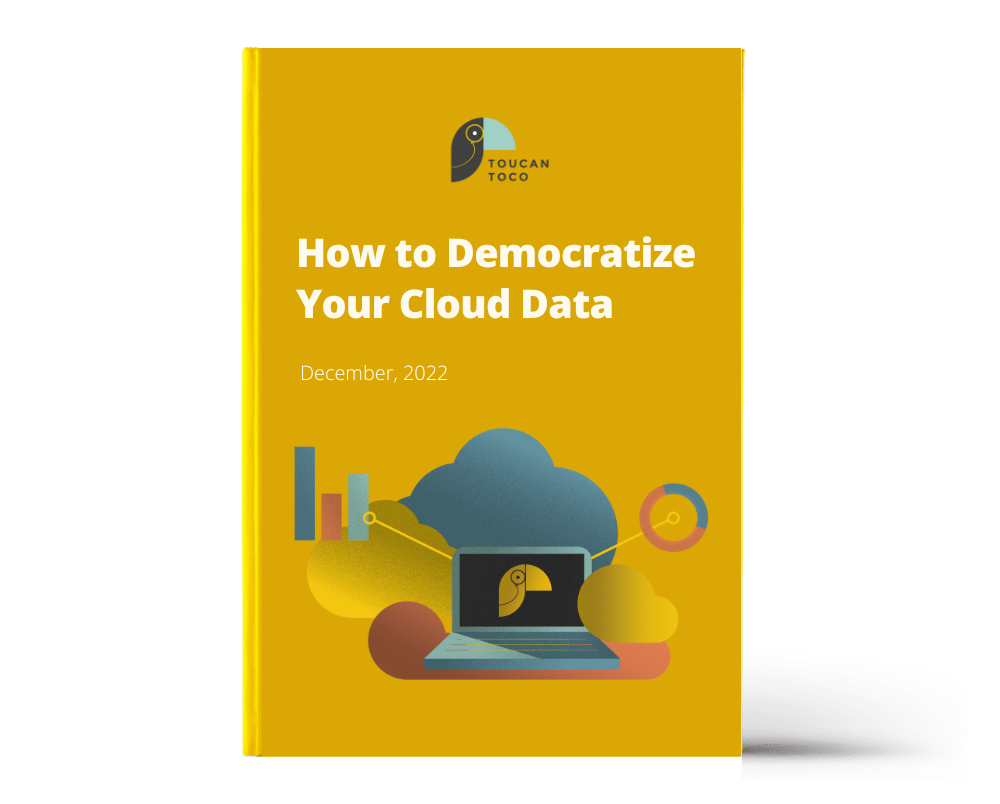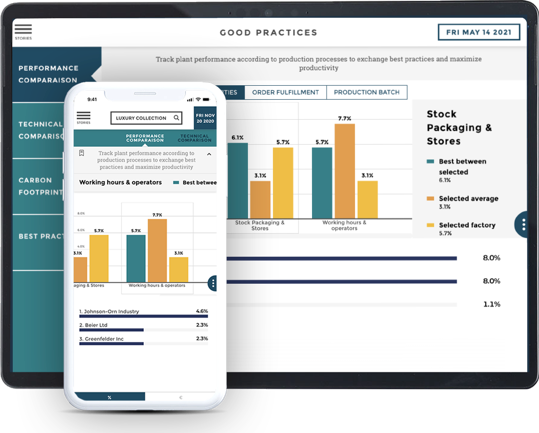For businesses of all sizes, migrating data to the cloud is no longer optional.
By the end of this year, over half of all enterprise data will be cloud-hosted, along with over two-thirds of all SMB data. That transformation goes hand-in-hand with a transition to cloud analytics: as data has moved into the cloud, so too have the tools that let us use, process, and understand all the information embedded in that data.
By 2024, about two-thirds of all analytics will be cloud-based, enabling organizations to bring smarter, more flexible, and more robust data-driven decision-making into workflows for end-users at all levels.
The transition to cloud-based data hosting and analytics brings important benefits for organizations of all kinds. By nature, when compared to on-site solutions cloud analytics are:
- nimbler
- more scalable
- more cost-effective
Oh, and they’re more secure, too. Competitive pressures ensure that cloud providers are invested in keeping their services fully patched and up to date. By design, cloud tools can also be accessed from anywhere, using any device, making it easier to integrate analytics into new and existing workflows across the entire organization.
Cloud analytics can do enough to help democratize data across your organizations. But they work best when paired with the right data storytelling solution. We've written an ebook about it, you can read it right here.
Why cloud analytics are important
For organizations of all sizes, cloud analytics have proven transformative: instead of relying on hard-to-maintain on-site installations, they get more agile, scalable, and easy to deploy solutions that can be accessed by anyone, anywhere, without compromising data integrity or security. The goal, in essence, is to bring analytics closer to the place where decisions are made, enabling users at all levels to do their jobs better.
Why data storytelling is important
Data storytelling is a complementary approach to cloud analytics that’s based on a simple premise: not everyone understands numbers, but everyone understands the power of a story. Instead of asking people to pore over tables of numbers and tease out the salient details embedded in columns of data, the data storytelling approach focuses on surfacing data in the service of a clear narrative that users can immediately understand. Essentially, data storytelling takes the inherent power of cloud analytics, and makes it intuitively accessible to everyone.
Better together
Together, cloud analytics and data storytelling are changing the way organizations use data. With cloud infrastructure, you can easily put data and analytics at the fingertips of any business user. And with data storytelling, you can unlock the value embedded in that data, and ensure that all users are served exactly the data they need, in easily interpretable formats, to drive smarter and more responsive decision-making.
Here’s how it works!
Imagine you’re a salesperson traveling around the country to promote your company’s products. Before heading in to pitch to a new prospect or nurture an existing relationship, you’ll need up-to-date market intelligence so you can track your customers’ evolving needs, monitor the way their industry is changing, and stay up to speed on the way that economic patterns or other factors are impacting consumer demand. In the pre-cloud era, you might have had to plan ahead, digging into on-site record systems, trawling through digital folders, and printing off sheafs of hard-copy data and sales reports to bring with you on your journey. Cloud analytics changed that: now, you can access all the data you need instantly, no matter where you are, and use cloud tools to extract the insights you need to make the best possible sales pitch. But now imagine that your team has also adopted a data storytelling solution. Instead of scrolling through lengthy sales reports and Excel spreadsheets in order to extract and analyze the data you need, you can pull up a simple, intuitive visual representation — perhaps a line chart showing sales for three key products, or a single digit showing the percentage increase in sales for the product line you’re responsible for — that’s tailored to your exact business use-case. The data your team has placed in the cloud is instantly translated into actionable insights, in a format that can be easily understood at a glance, even via your mobile device. That gives you more time to focus on crafting pitches and nurturing customer relationships, while simultaneously giving you frictionless access to the best possible data as you plan your pitch and close the deal. A.k.a, you’re able to do your job better!
The power of storytelling
By boiling down data to only the most relevant information for a specific person’s use-case, and presenting it in clear, contextualized, and compelling ways, data storytelling brings analytics within reach of people who’d never ordinarily consider using data to drive their decision-making or to improve their performance, realizing the full potential of cloud analytics to drive data democratization. It also makes cloud analytics more streamlined for teams who are already using cloud data, helping to boost productivity and facilitate smarter decision-making. With data analytics adoption currently estimated to be just 30%, organizations urgently need new ways to bring data closer to the places where decisions are made, and to enable frictionless data-usage by people at all levels. Non-cloud analytics solutions inherently create barriers to that process, since people have to download data manually or struggle to integrate with cloud data warehouses and lakes. Cloud solutions, on the other hand, deliver data with speed, scalability, and flexibility — and when you add in data storytelling, they bring the power of data to everyone in your organization.





